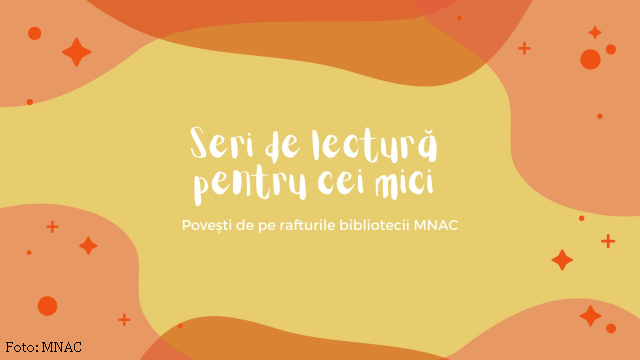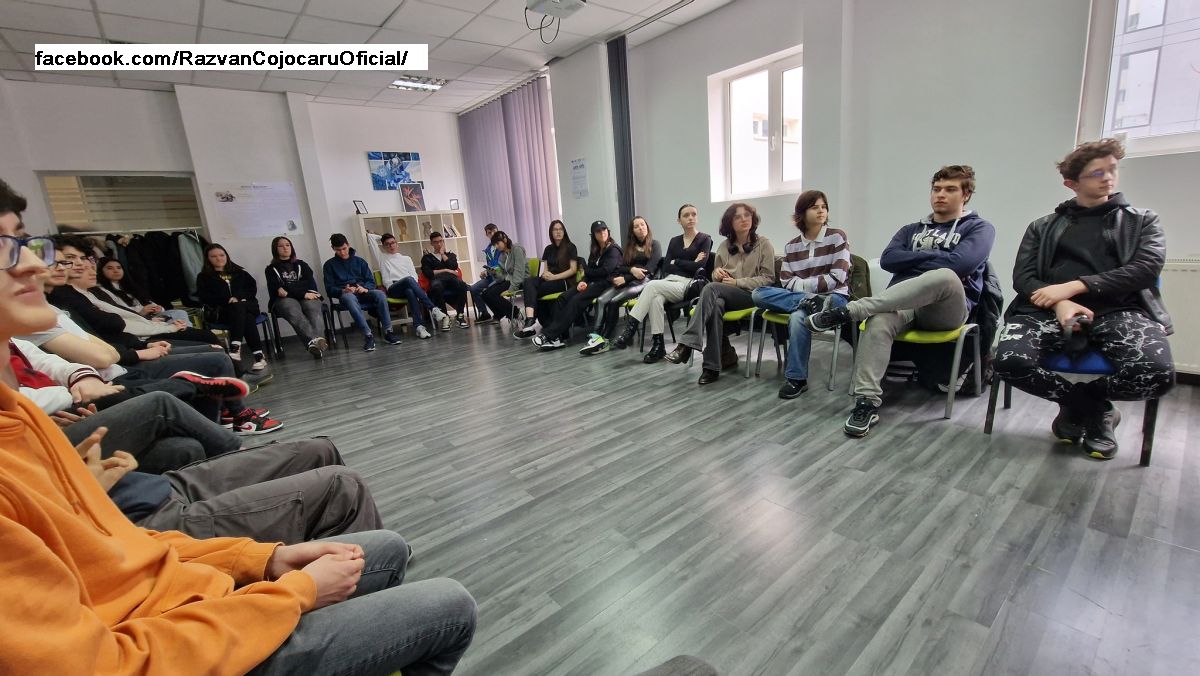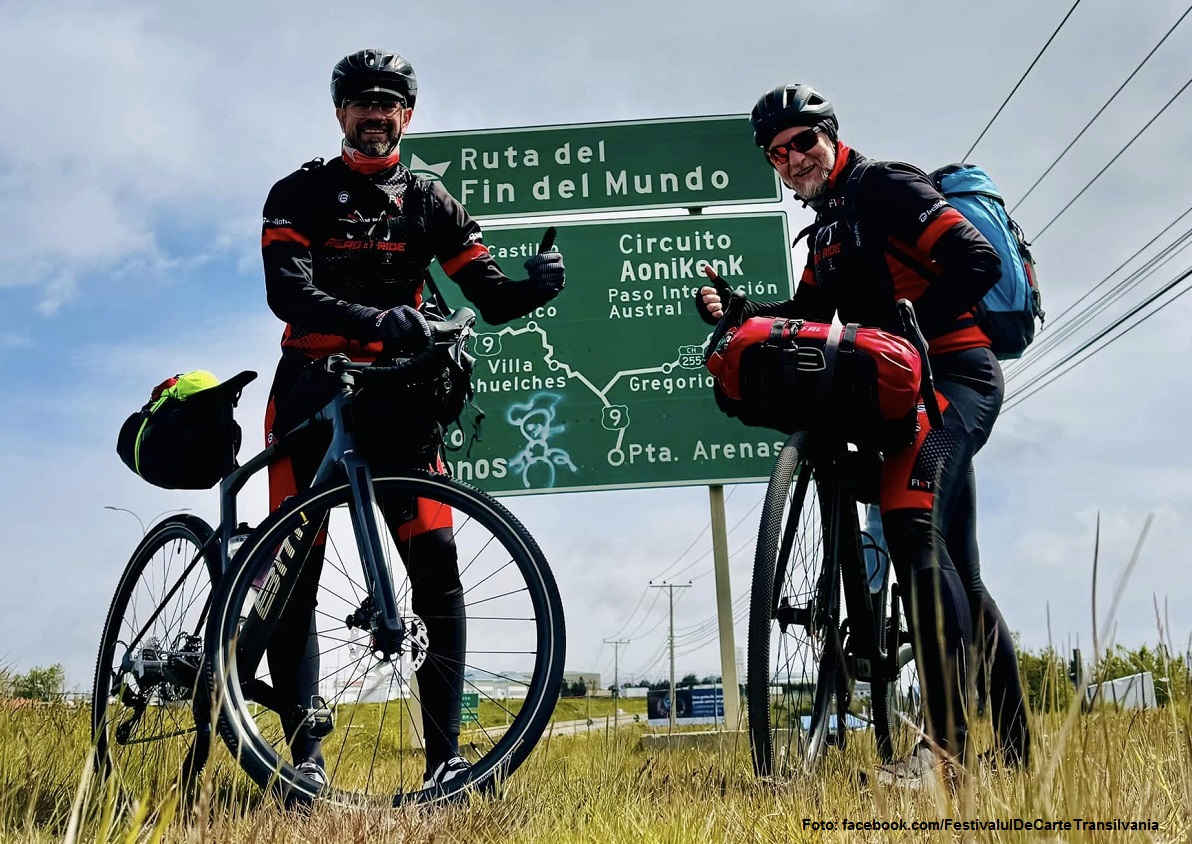The National Museum of Contemporary Art in Bucharest
The Museum's reading and online projects
Warning: Trying to access array offset on null in /home/web/rri.ro/public/wp-content/themes/rri/template-parts/content.php on line 53

Warning: Trying to access array offset on null in /home/web/rri.ro/public/wp-content/themes/rri/template-parts/content.php on line 98
Ana-Maria Cononovici,
16.03.2021, 14:00
The National Contemporary Art Museum in Bucharest has
never ceased to surprise us. After unconventional exhibition inaugurations,
some of which were allegedly way too disputed and collections that have been
renewed every six months or monster installations impressing visitors as soon
as they step into the museum, as of late caught up indoors because of the pandemic,
the National Contemporary Art Museum has come up with projects meant to get
children closer to the museum. That’s how a couple of projects have emerged as
of late. Among them, Contemporary Art from Plankton to Intergalactic Flight,
actually made of several workshops meant to help art lovers understand the
exhibition of the National Contemporary Art Museum Collection. Then there’s
also Watching History. 1947-2007, as well as projects focusing on where
contemporary art hails from and what its sources are, in general. A Night at
the Museum, workshops tailored to suit the needs of the little ones, staged in
a bid to help them understand, in a friendly formula, the National Contemporary
Art Museum Collection themed Watching
History. 1947-2007. Then there’s also Art through Correspondence, a project
bringing together the children and the elderly, facilitating the correspondence
between generations.
There is another project we’re going to be dealing
with in detail, themed A weekend at the National Museum of Contemporary Art online:
reading evenings for the little ones. On a weekly basis, the project seeks to
offer for reading a title from the library of the museum as a means of arousing
the little ones’ interest in reading, art, as well as in dialogue.
Astrid Bogdan is a librarian with the National
Contemporary Art Museum. She told us the story behind the project.
Late into the previous year, jointly with my
colleagues, we laid the foundation stone of what we’ve themed Reading evenings
at the National Museum of Contemporary Art. And what we do, actually, is
gather, the little ones and the elderly, on Fridays, at 7 pm, to read stories
from our library, the library of the museum. Taking one step after the next, we
have tried to corroborate those reading sessions, focusing on the reading
proper, with little graphic interventions made by book illustrators, as well as
with musical interventions, so that the textual intervention may have sound and
color attached to them, why not? We can
thus have the opportunity to discover some of the titles even while their
authors are doing the reading. There is no age limit for that, since our
workshops are inclusive. Also, we want to take the well- established custom
further, that of the tales told by the fireside, since the program is free of
charge. And the advantage of working online on a permanent basis is having
participants at local but also at international level.
Such a project is a support for book authors, Romanian
as well as foreign.
Astrid Bogdan:
We also dedicate some of the reading evenings to the
books tackling the topic of the recovery of children diagnosed with autism or
with other growth problems, children with certain special disabilities. The
start we had for our project was kind of bumpy, we began in December, back then
the project was titled Rolling astray on board a tramway and we continued
with the title ‘Introtale’ which gathered a great many readers around it. All
this time we have tried to bring the authors closer, so much so that on Fridays
we have one author reading from their own work.
We asked Astrid Bogdan if the reading sessions brought
together many participants.
Astrid Bogdan:
There are evenings, and there are evenings. There were
evenings when we’ve got 30 people taking part, there were evenings with many
more participants, we even had something to the tune of 70. We have been trying
to stage the event one week after the next, opening up the evenings to the
little ones, so we opted for a maximum number of 25 participants, and whenever
we had more people coming in, we staged another reading evening separately, on
a different day.
Having taken part in the sessions, people kept sending
encouraging messages, which, alongside the growing number of prospective
participants, gave an impetus to the organizers so that they could take take the project further and
keep searching for different and new, original titles. The library is open
Monday to Friday, from 13.30 to 17.30 pm, and on the first Monday of every
month, also from 13.30 to 17.30 pm. Astrid Bogdan said that, as soon as the National
Contemporary Art Museum library was discovered, quite a few people turned up,
who were willing to explore it.
Astrid Bogdan:
And I had no choice other than doing the reading for
them in the library and that’s what prompted me to keep my hopes alive that at
one point we could stage those reading sessions on the museum’s rooftop, when
that is officially allowed. Yet we will stay online as well, since there are a
great many users who opt for being with us from their hometown, and by that I
‘m not speaking about cities from across Romania, but also about cities from
abroad. We believe that any youngster, through reading and art, can have a
freedom of choice, nay, they can form certain genuine customs and habits, as we
pledge for stories that are not prescribed.
And that is an invitation worth taking in the
evenings.






























